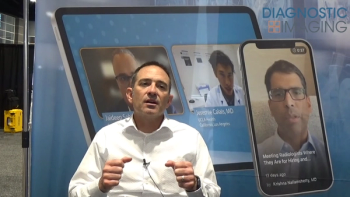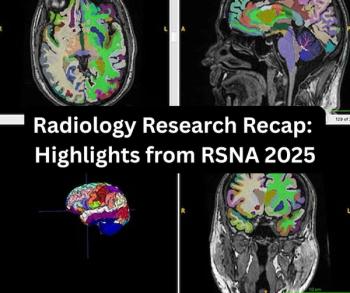
Managing cardiac imaging challenges faint of heart
Digital cardiac imaging may relieve many clinical issues, but it also can elevate the blood pressure of IT managers charged with maintaining the various cardiac systems.
Digital cardiac imaging may relieve many clinical issues, but it also can elevate the blood pressure of IT managers charged with maintaining the various cardiac systems.
Ochsner Clinic Foundation Hospital in New Orleans had to find a way to manage four separate cardiac imaging systems:
- GE's Gemnet PACS for storage of echocardiograms taken during 2D imaging, transesophageal echocardiography, stress, and cardiopulmonary exercise studies
- Heartlab for storage of all procedures performed in the cath lab
- Philips for 3D CT angiography studies
- Philips for vascular studies of the carotid vessels and other peripheral vessels
Andreas Rubiano, Ochsner's director of cardiac imaging, offers this advice to institutions contemplating similar migrations:
- Have a DICOM modality work list in place for all image-related systems.
- Quickly settle the issue of where the data originate.
- Establish early on interfaces that feed admission-discharge-transfer and ordering data from a single source.
Support is another prime issue.
"Either commit to a single vendor that can provide strong technical support in house or be ready to support an in-house team ready to tackle daily operational issues," he said.
At Ochsner, all systems are vendor supported, but cardiology IT takes all first calls.
"The majority of issues are resolved by cardiology," Rubiano said.
Images are stored on each of the systems' servers, and all images except the 3D CTA images are then archived to the Heartlab system. 3D CTA images are stored on the Philips workstation and archived onto a cardiovascular information system server, he said.
"We consolidate archiving of most images to the Heartlab system based on DICOM III transactions generated by various workstations and servers," Rubiano said. "However, we're in the process of incorporating Cerner as the principal archiving system of all cardiology studies."
Rubiano said Ochsner's hospital IT infrastructure faced several issues when cardiac imaging was implemented: establishment of a consistent DICOM modality work list that creates one concise database for accessing patient images, implementation of order entry and ADT interfaces that feed relevant information to setup studies at each modality, and configuration and compatibility in creating DICOM dataflows between the many systems.
"This is particularly true in today's world, when constant threats of outside virus attacks create major challenges to big computer networks such as ours," he said.
Newsletter
Stay at the forefront of radiology with the Diagnostic Imaging newsletter, delivering the latest news, clinical insights, and imaging advancements for today’s radiologists.




























